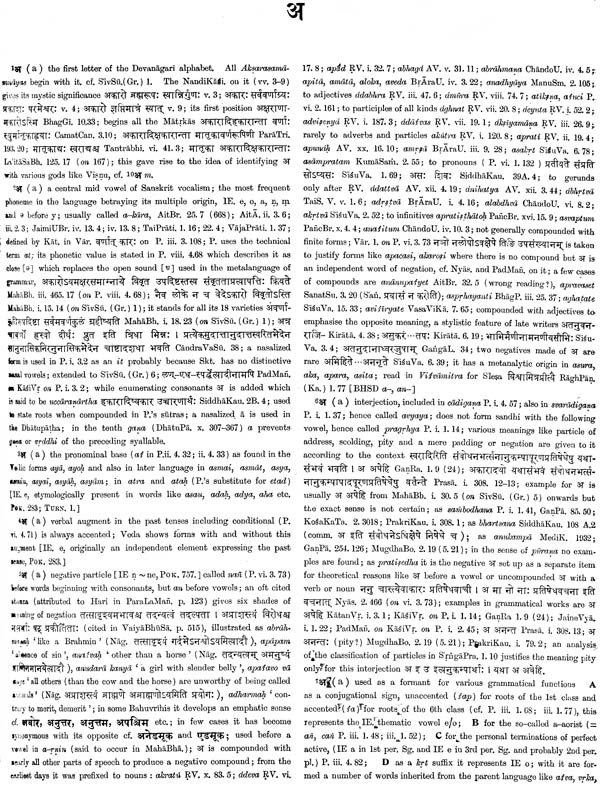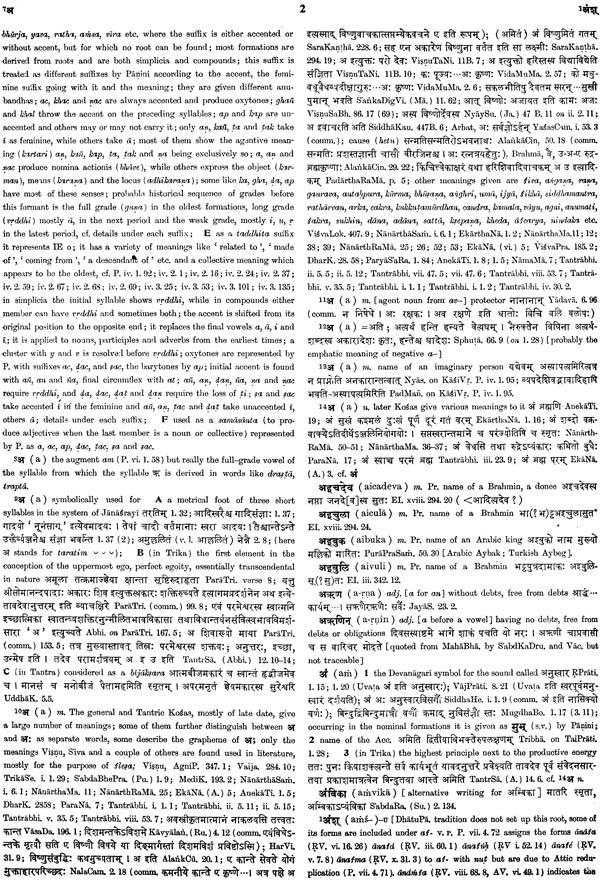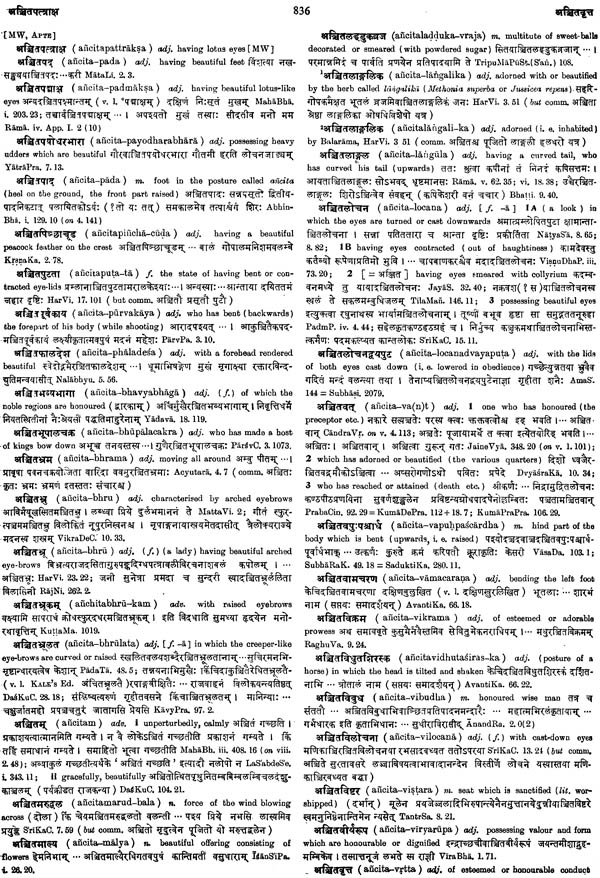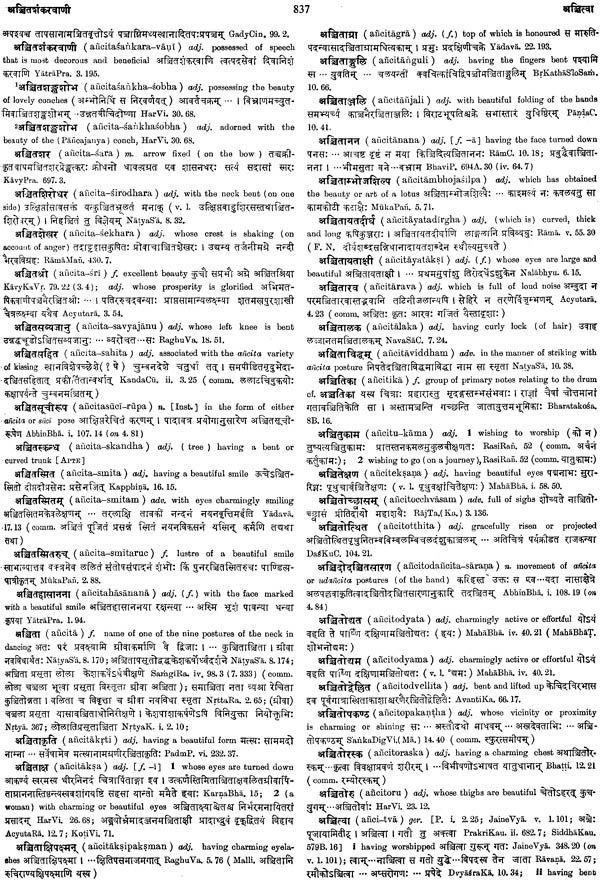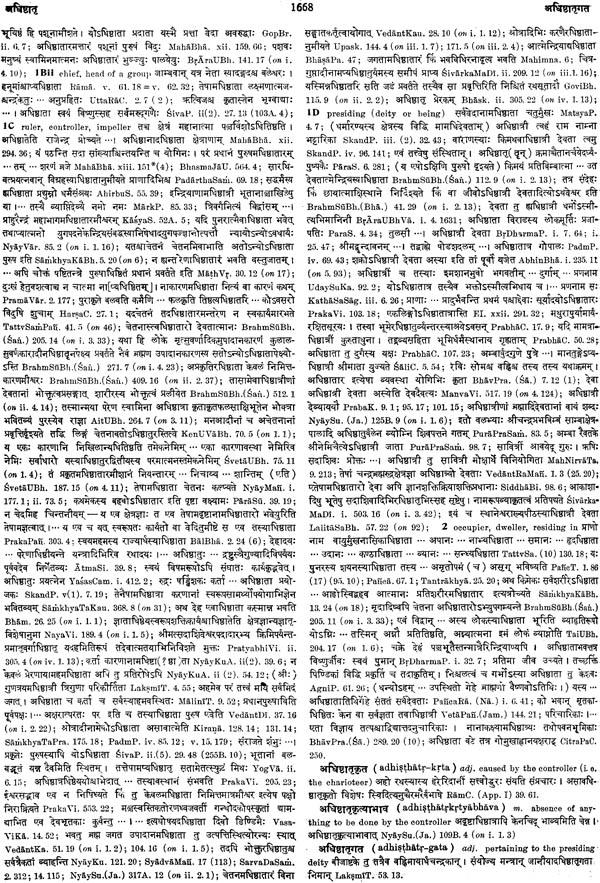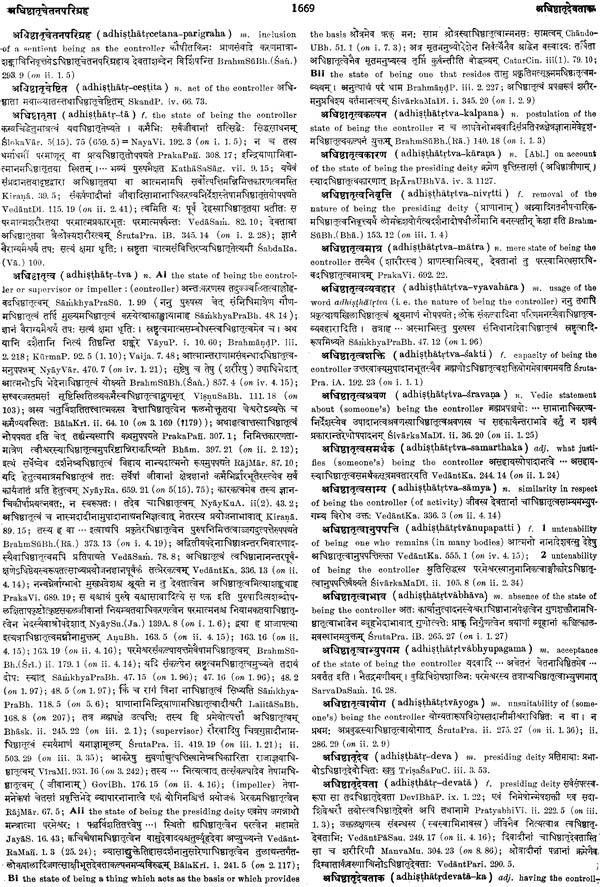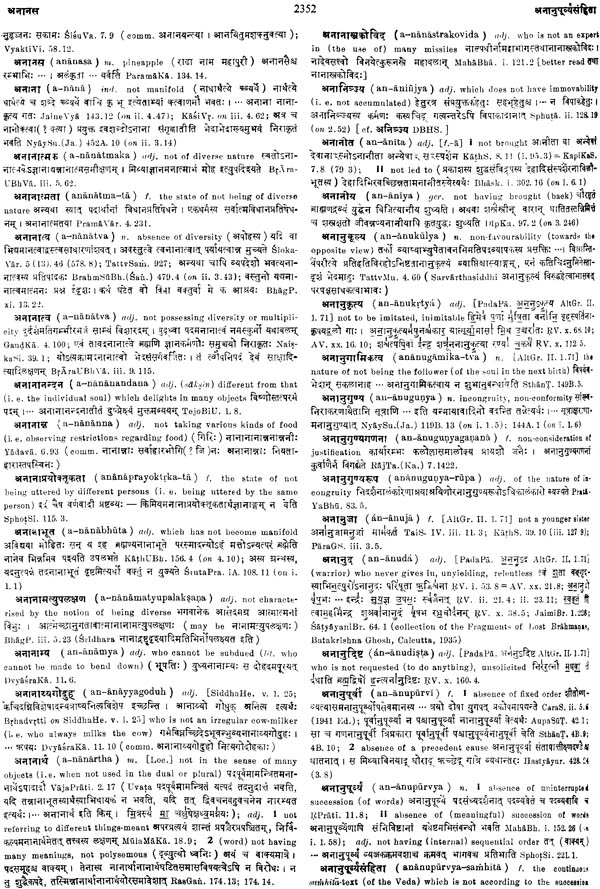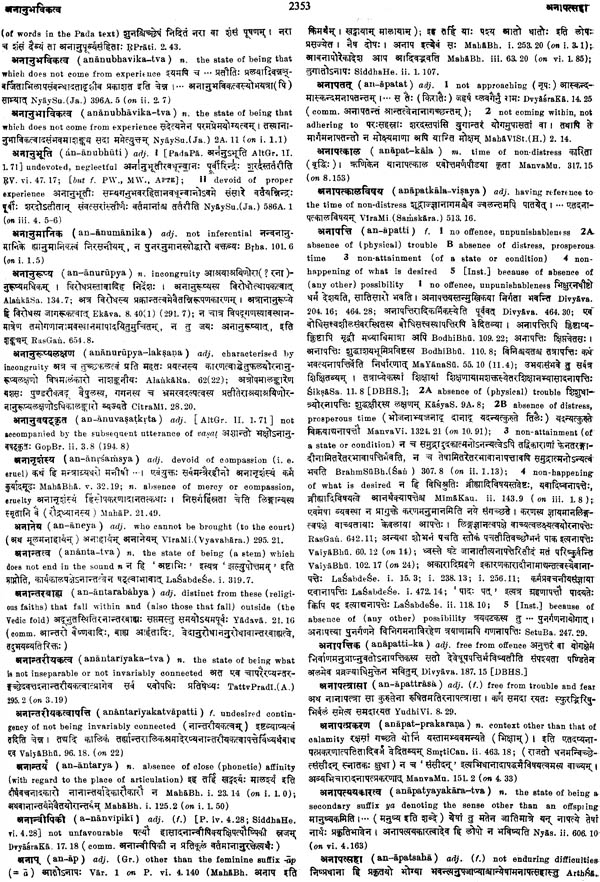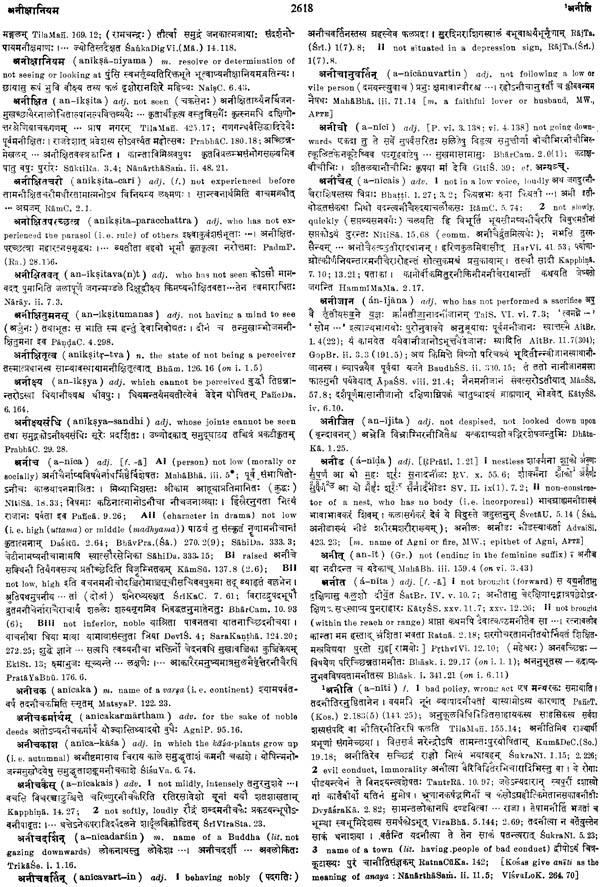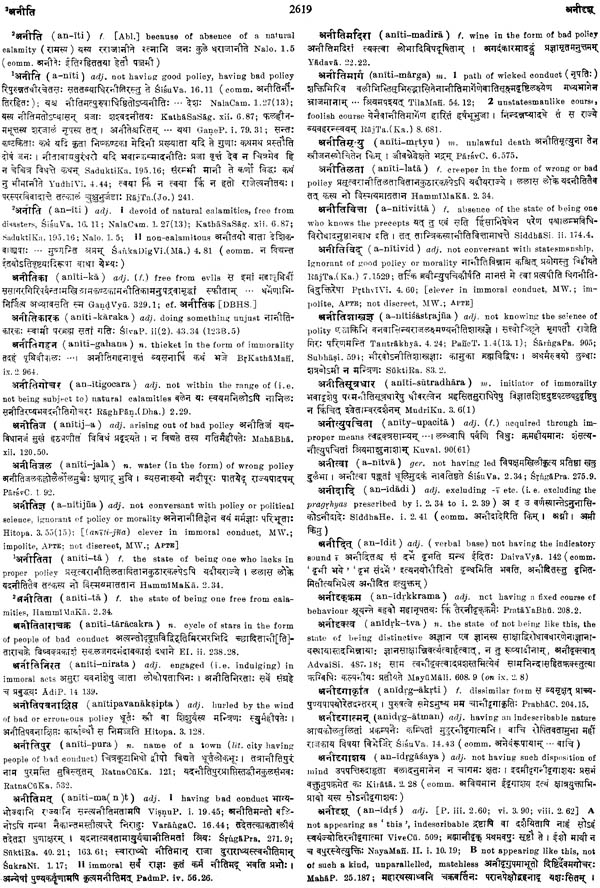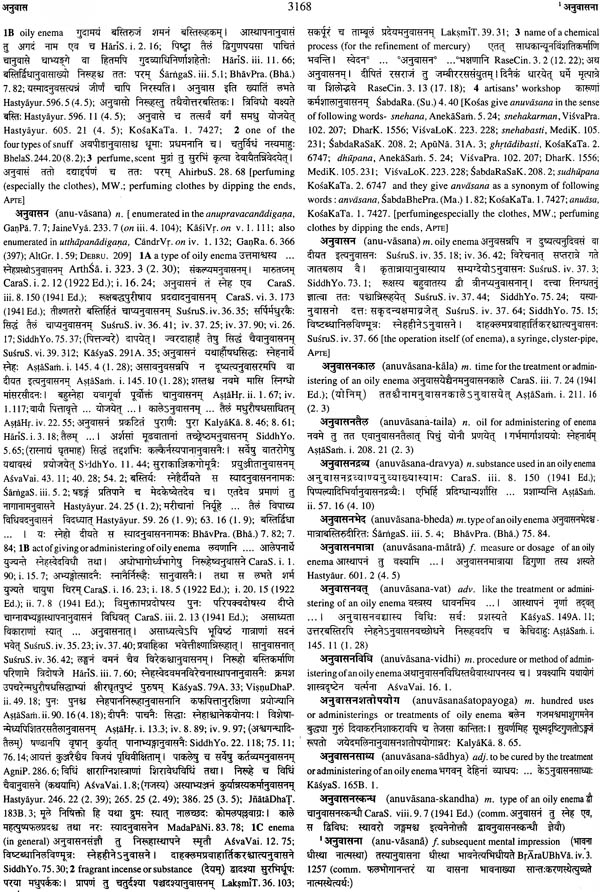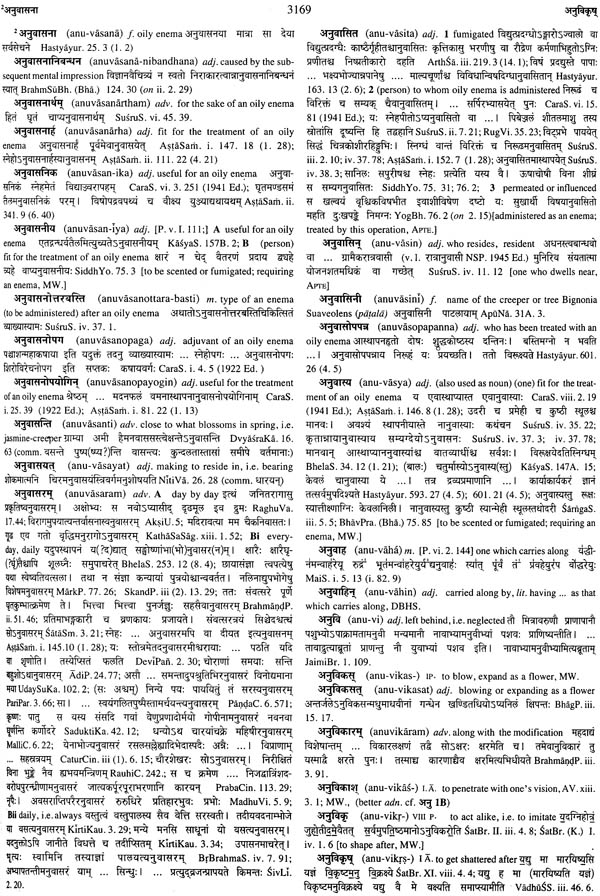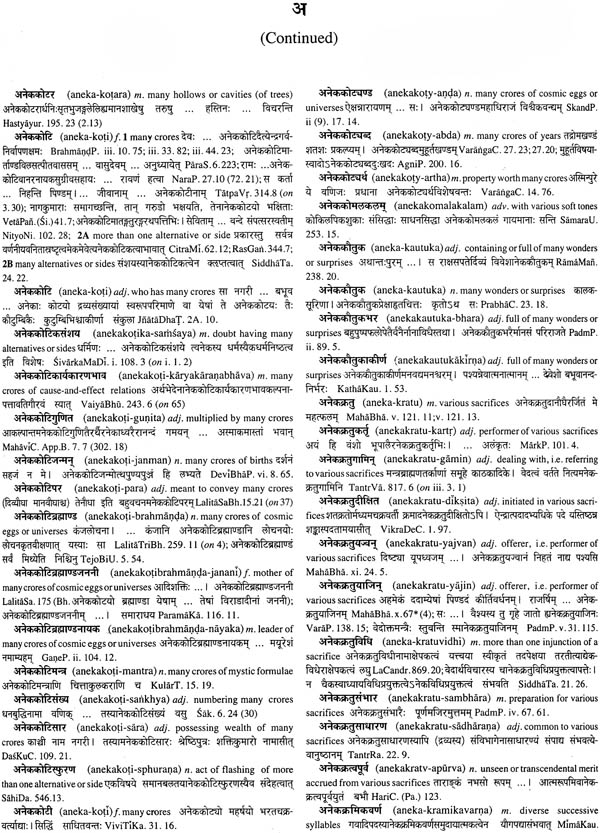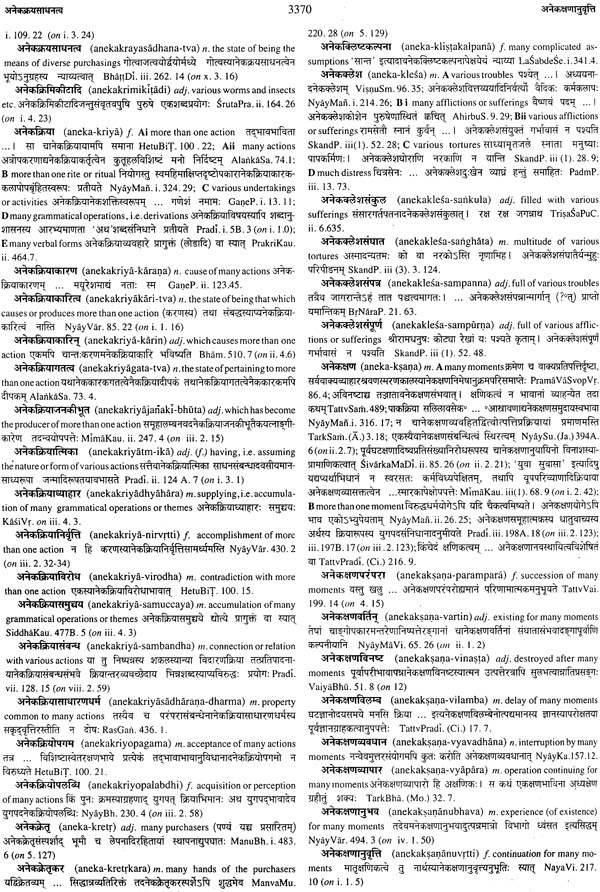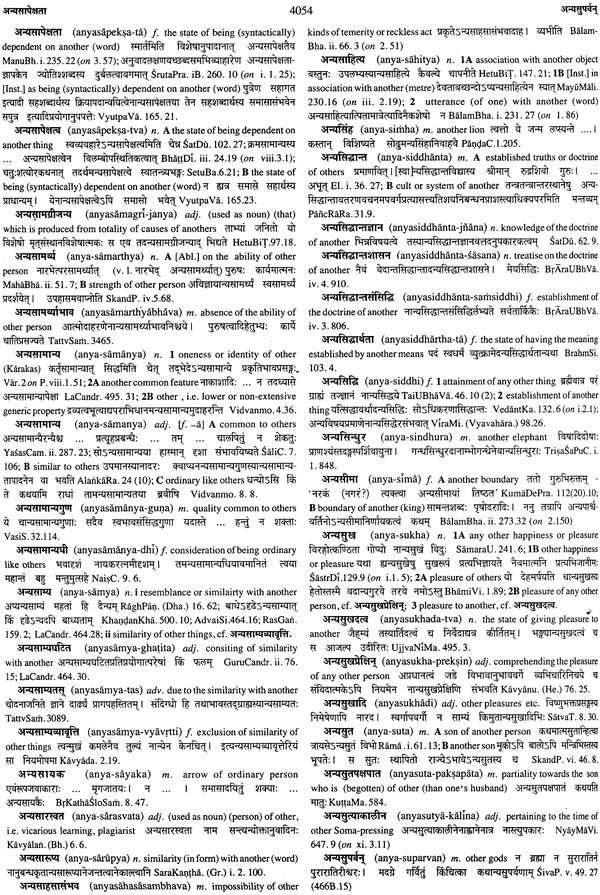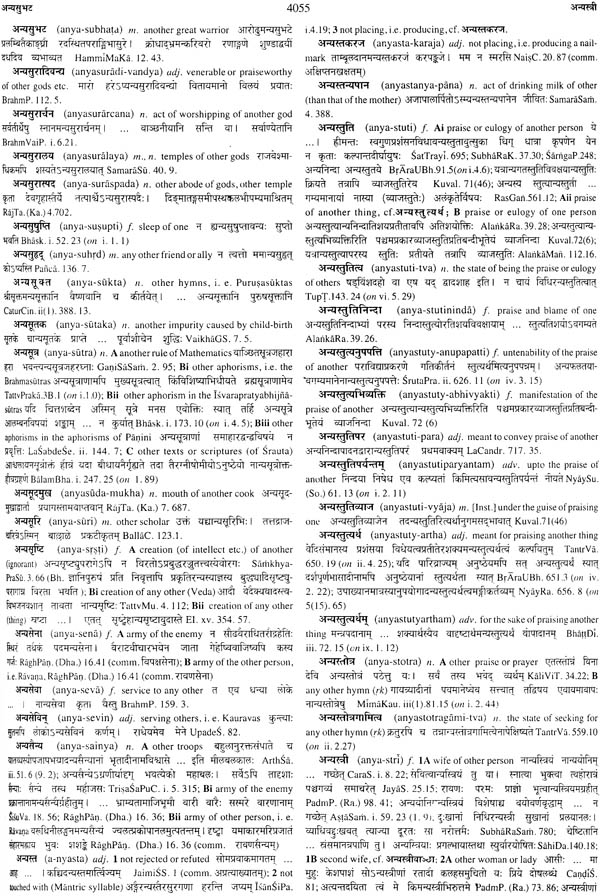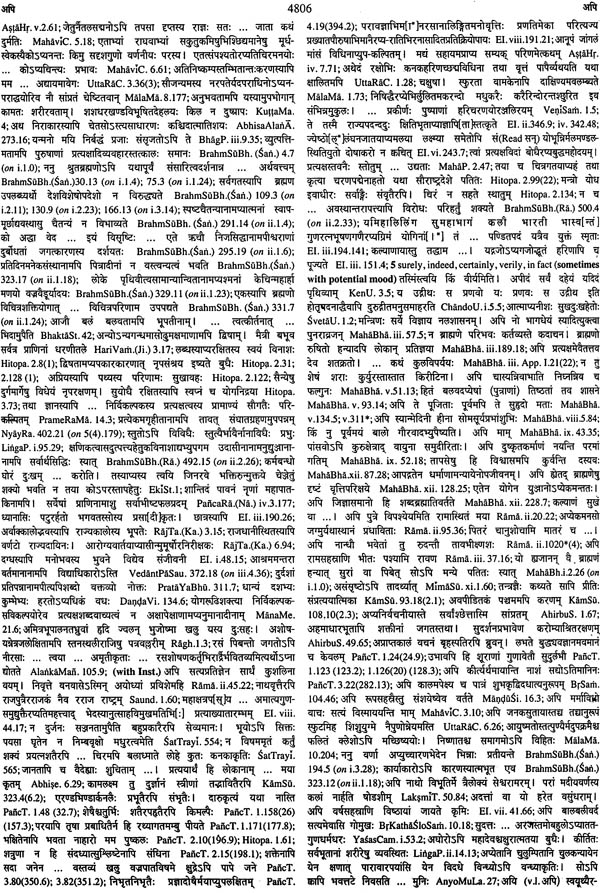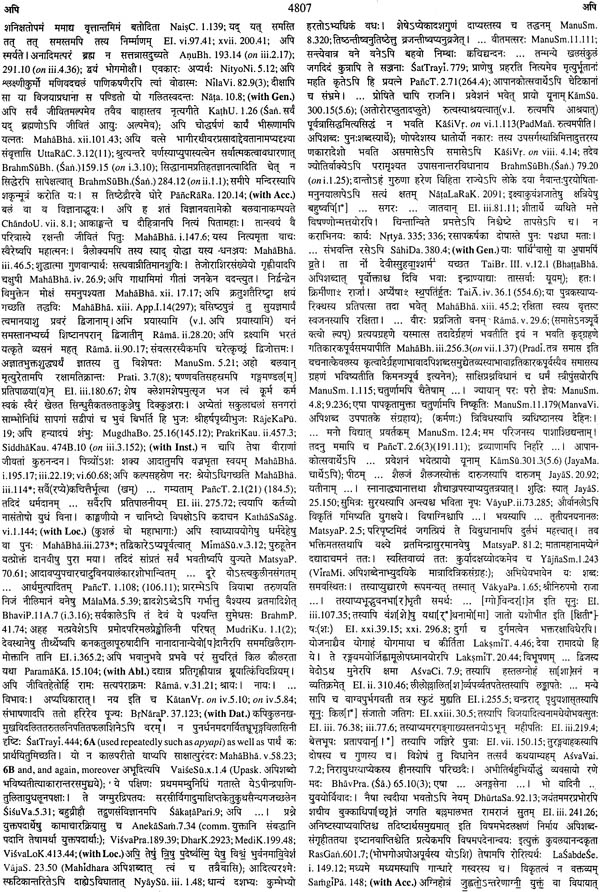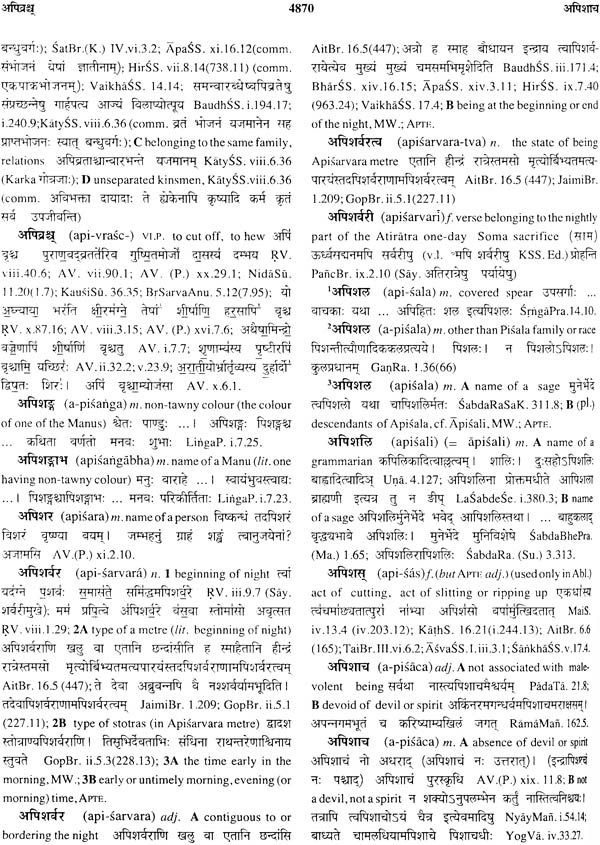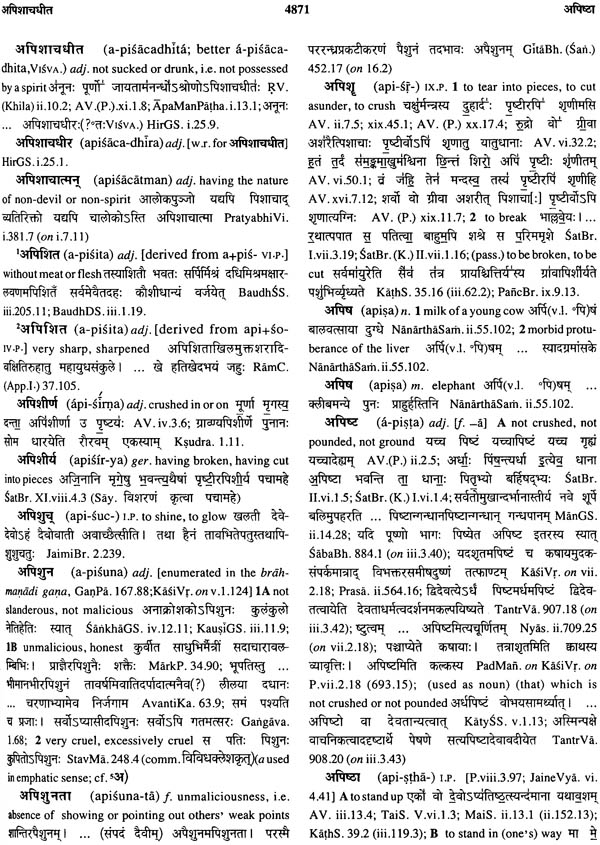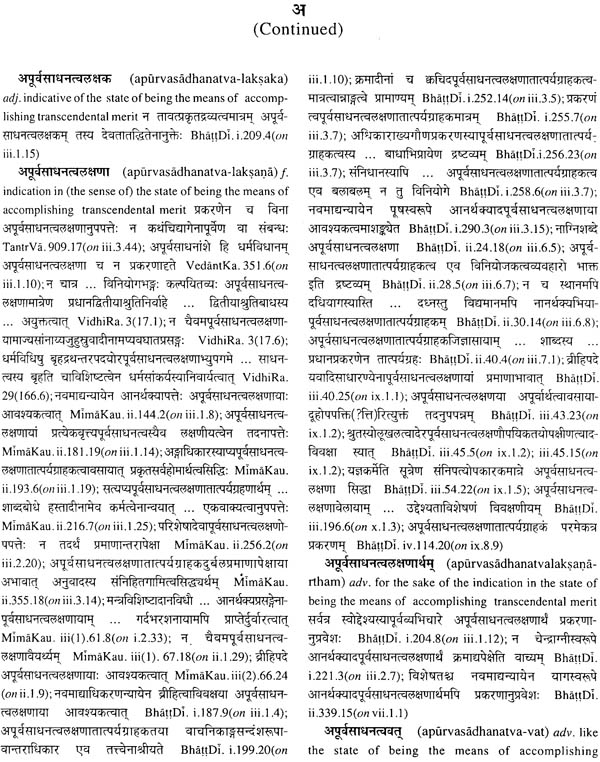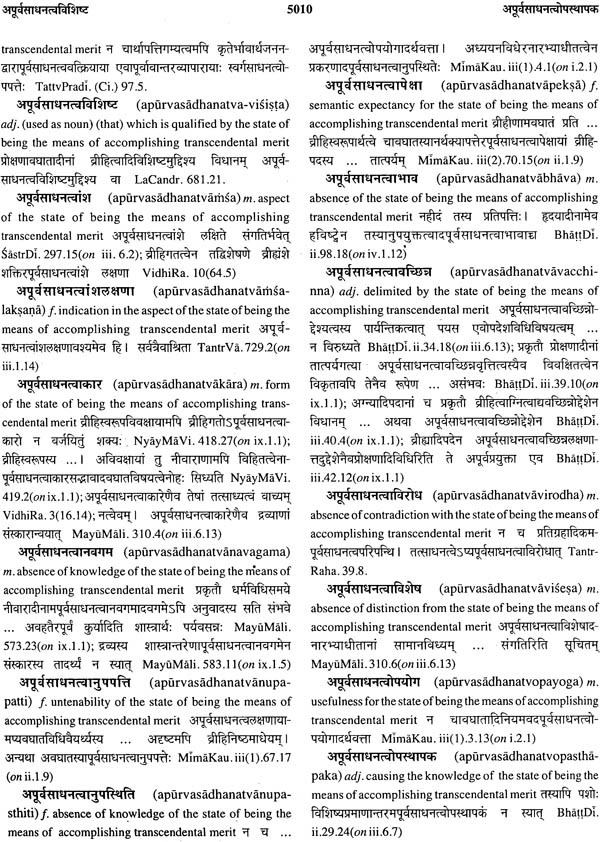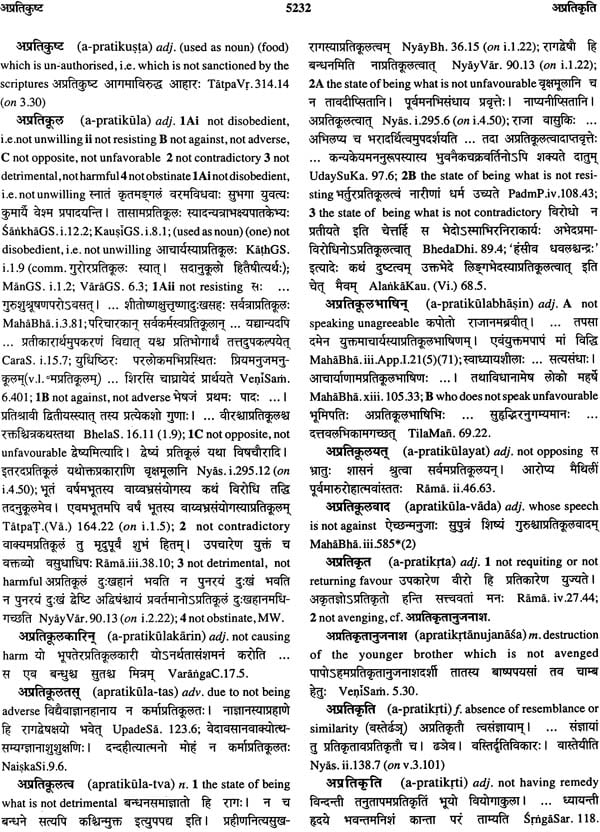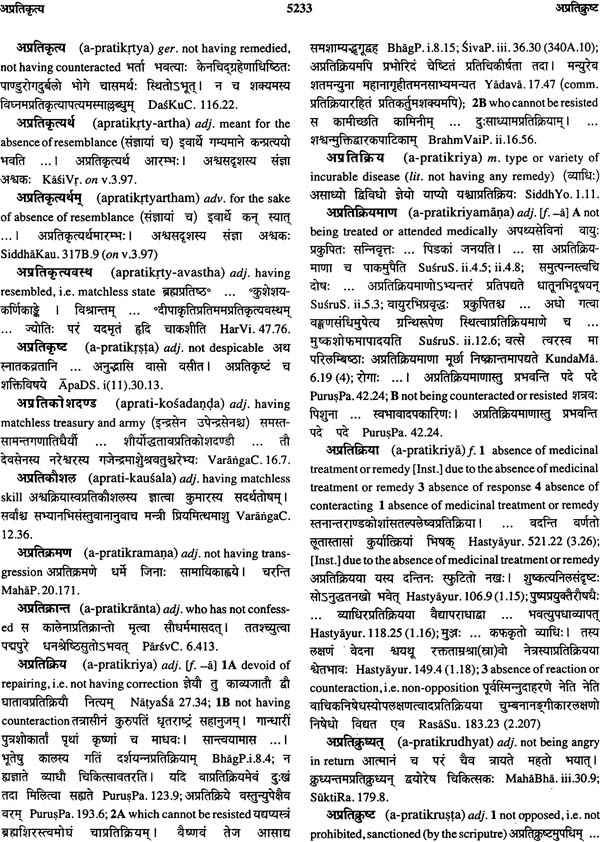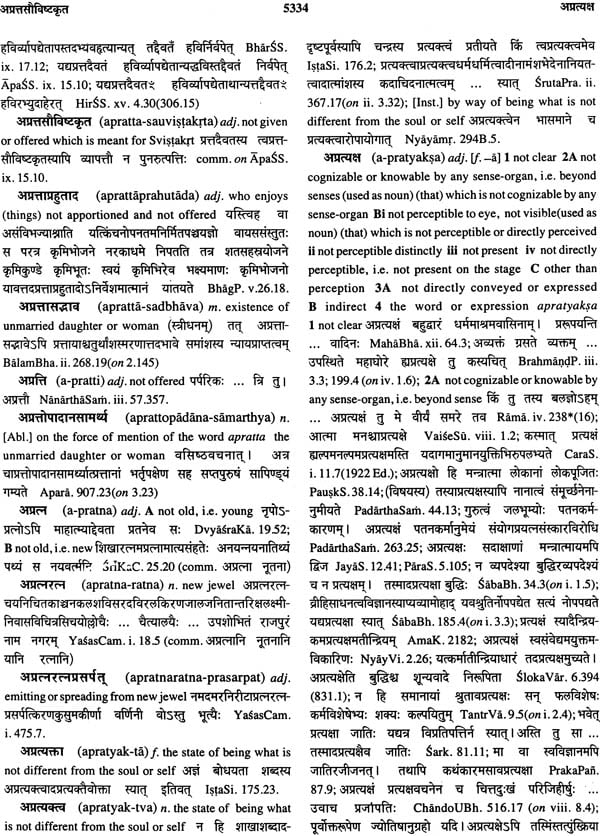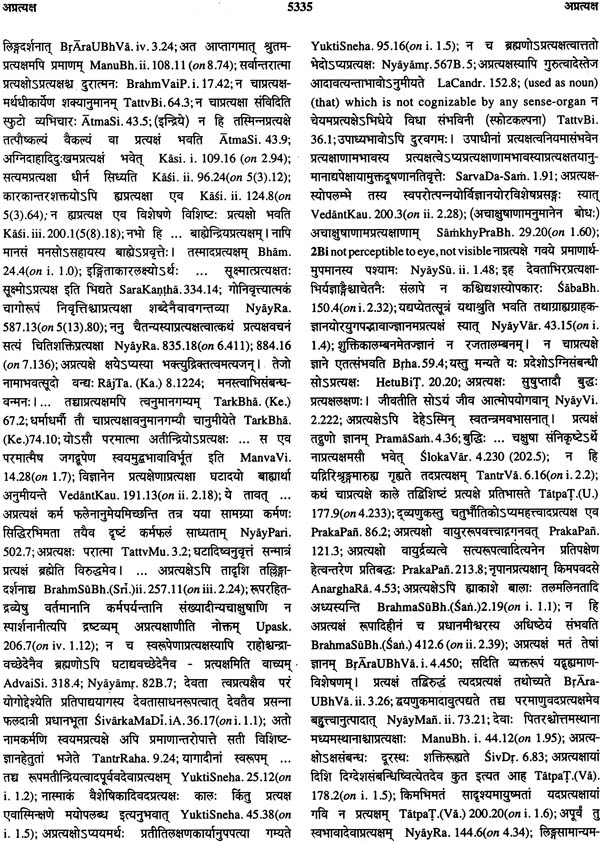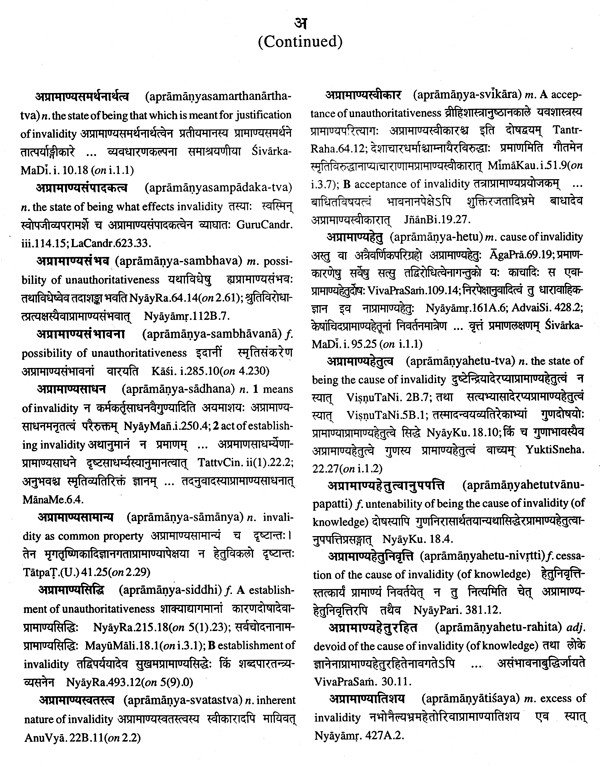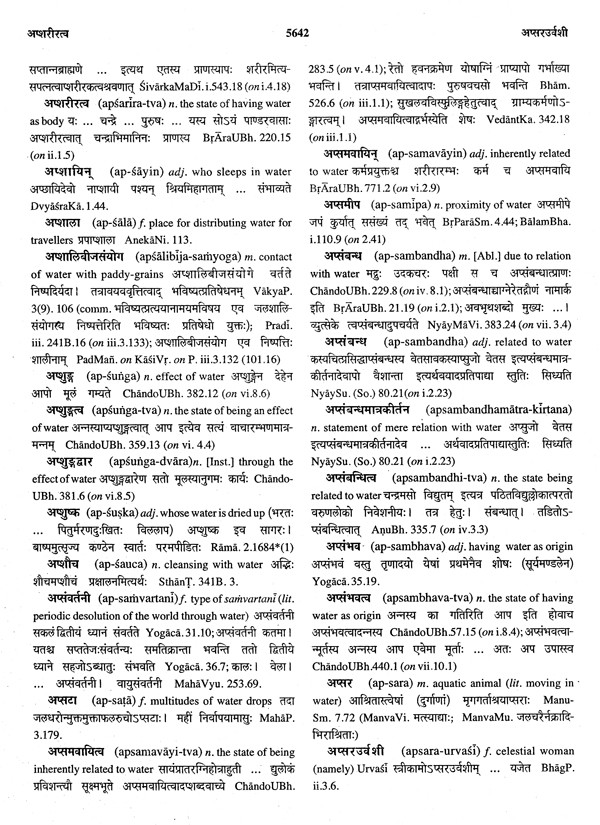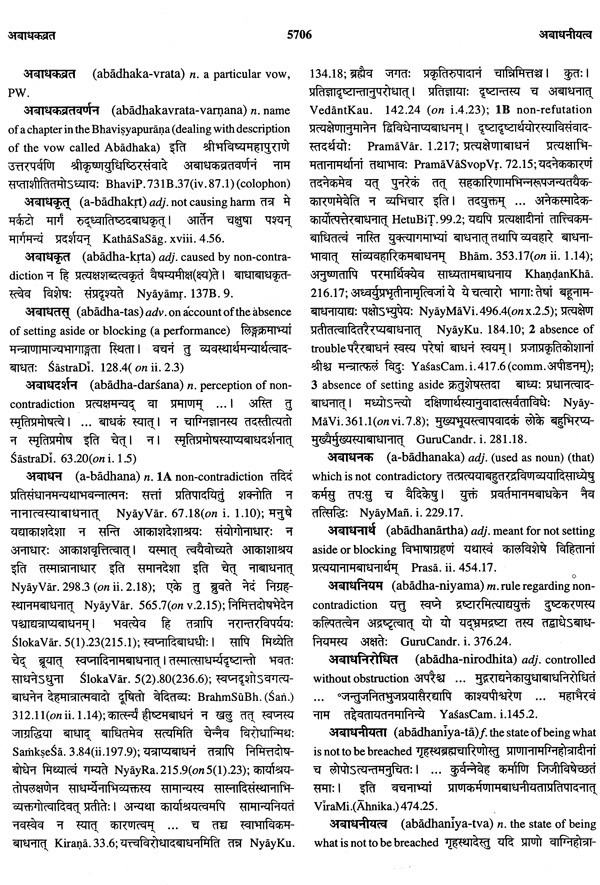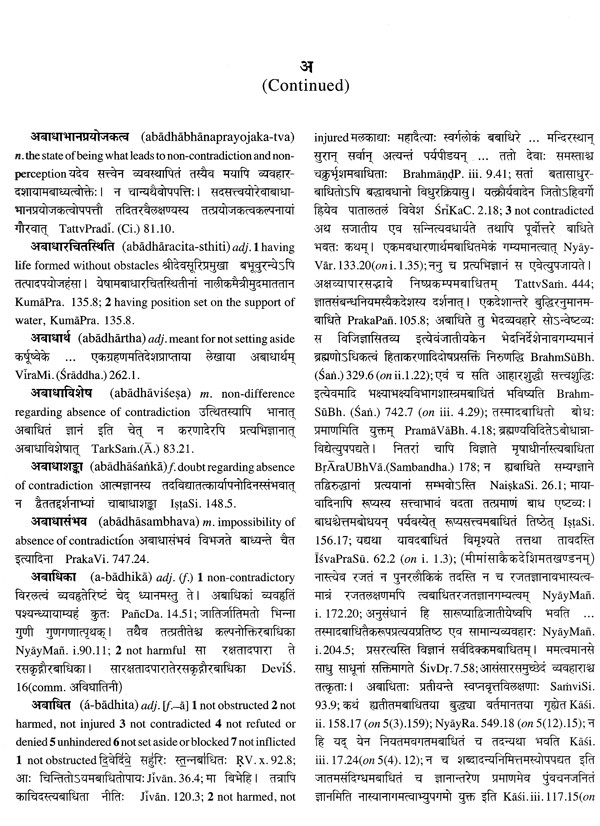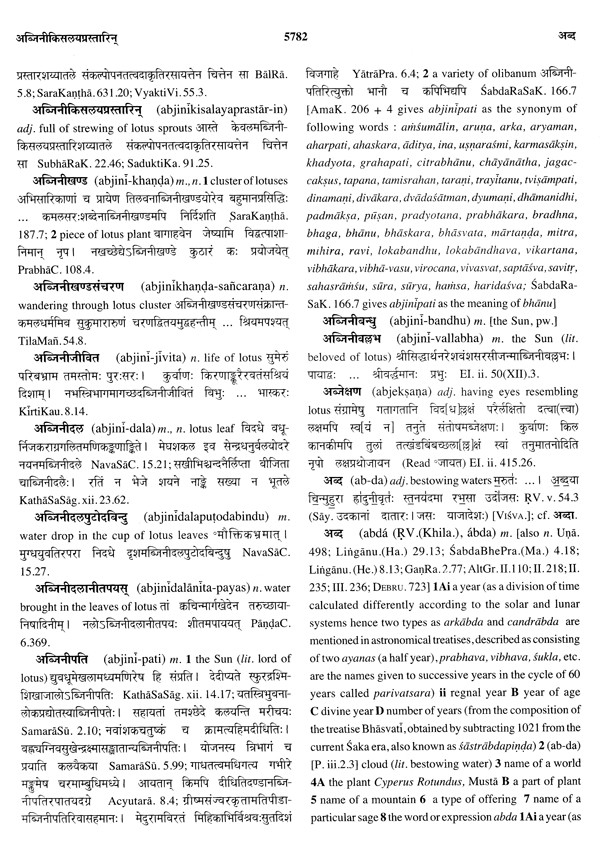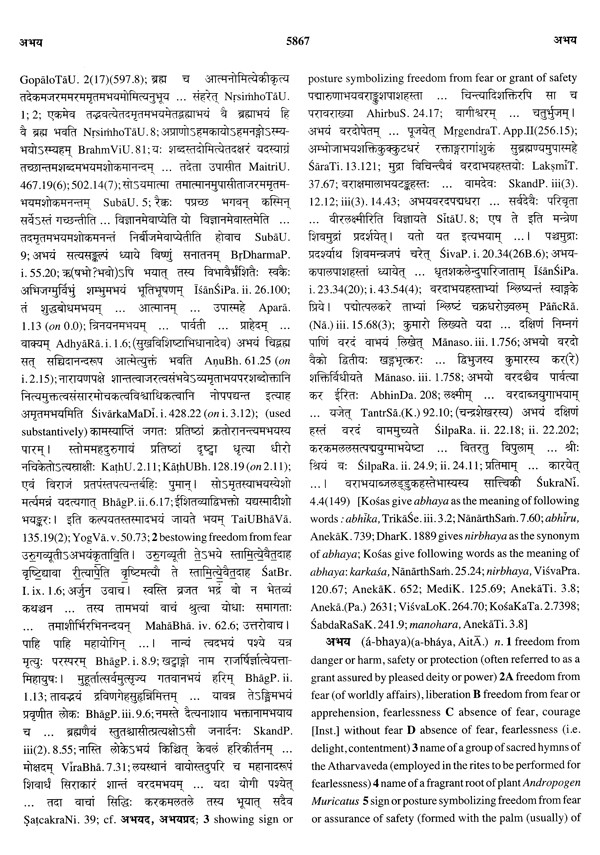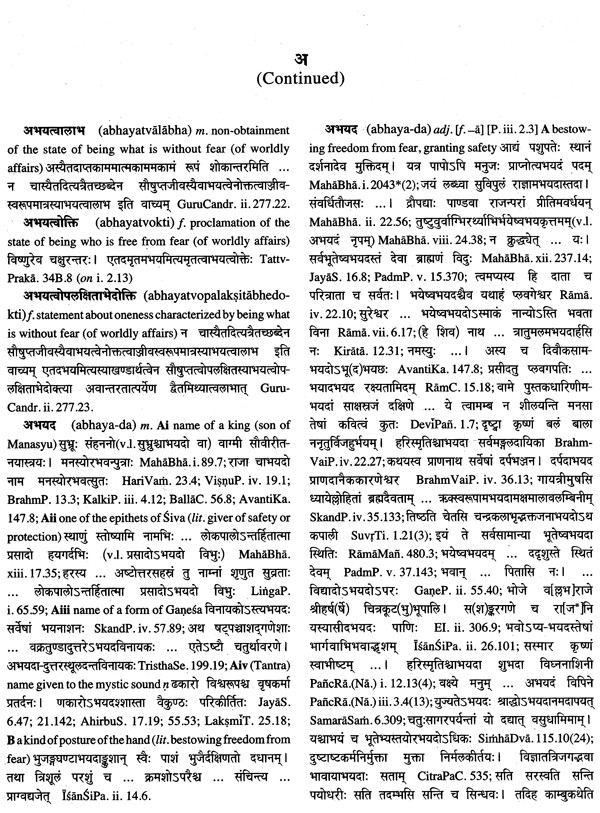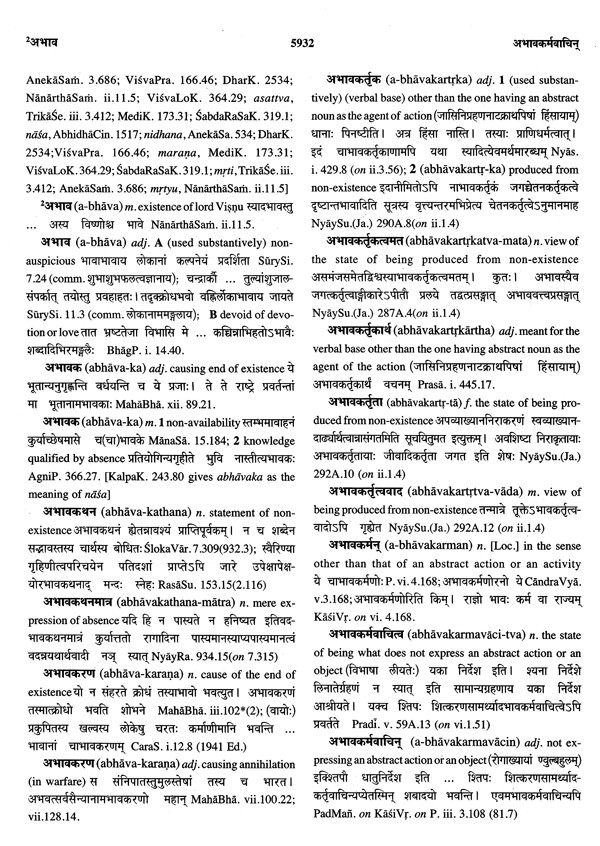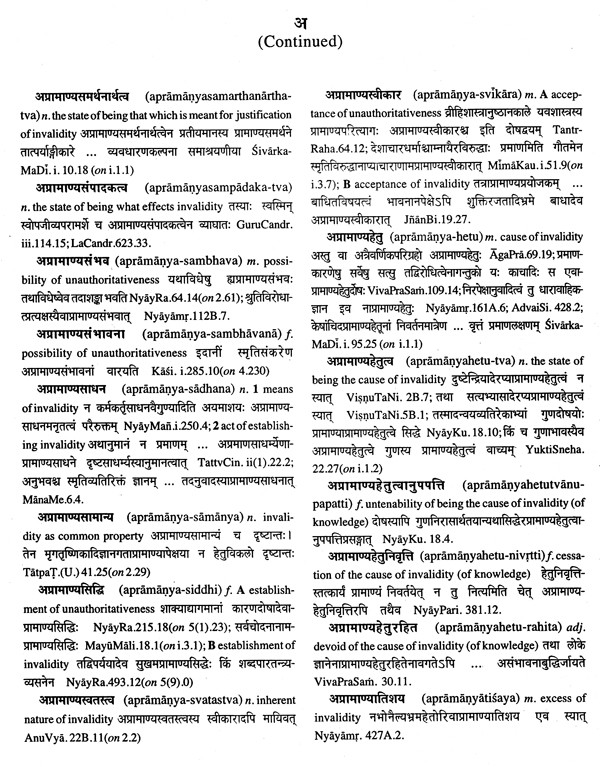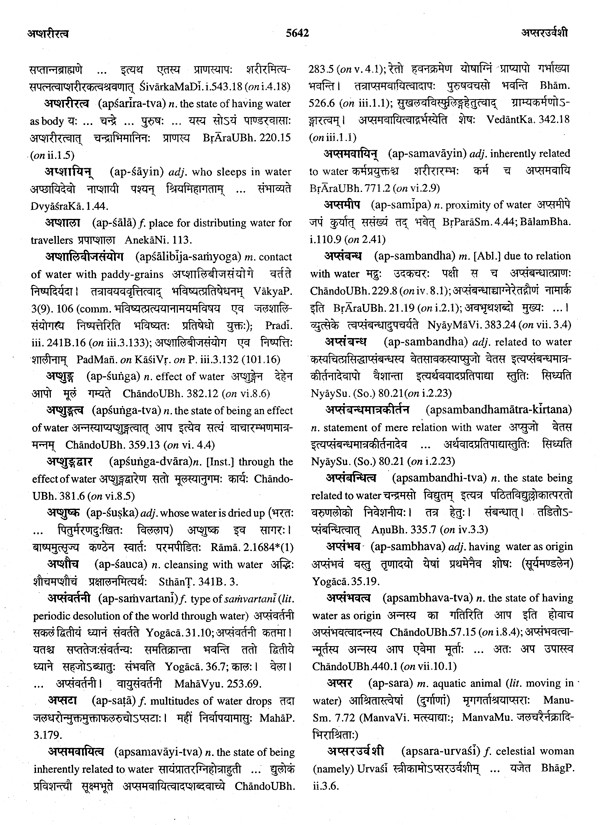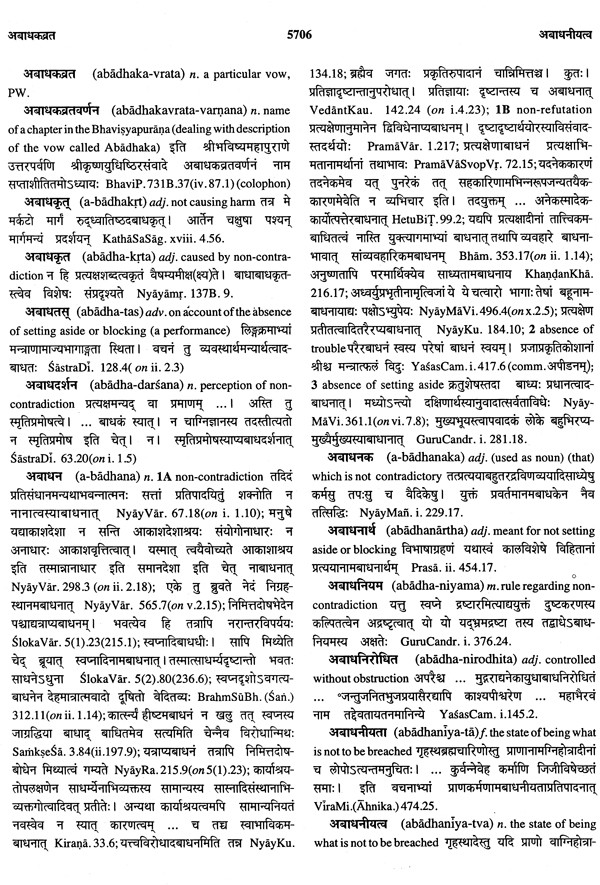
An Encyclopaedic Dictionary of Sanskrit on Historical Principles (Set of 15 Books)
Book Specification
| Item Code: | NAI003 |
| Author: | Dr.A.M Ghatage and Dr. S.D.Joshi |
| Publisher: | Deccan College Postgraduate and Research Institute |
| Language: | Sanskrit Text with English Translation |
| Edition: | 2018 |
| Pages: | 5804 |
| Cover: | Hardcover |
| Other Details | 13.5 inch X 10.5 inch |
| Weight | 26.09 kg |
Book Description
In August 1939, the old Deccan College revived by the then Congress Ministry of the Presidency of Bombay, under the leadership of the late Shri B. G. Kher, in the form of the Deccan College Postgraduate and Research Institute. The Department of Linguistics of the Institute, under the guidance of Dr. S.M. Katre, the then Director, undertook in 1948 the work of preparing Dictionary of Sanskrit on Historical Principles. The Work of Collecting the necessary material for this purpose was begun systematically and went on for a period of nearly twenty-five years. More than a thousand books were excerpted and a scriptorium of nearly eight million slips was built up, By 1968 it was realized that some of t he features of the original project were impracticable and difficult of speedy execution. The nature of the project and also imperceptibly undergone many changes in the course of all those years, due to the suggestions of the different review committees. The minimum programme of using two thousand basic works proved too ambitious. Proposed schemes, such as the preparation of the critical editions of all Sanskrit works on exicography as a preliminary to the Dictionary, the use of epigraphical material in detail to ascertain the time and space context of the vocables, and the listings of forms which are deducible from the rules of Sanskrit grammar, were found to be too cumbersome and time- consuming. The attempts to enlist the help of outside scholars for getting the Vedic and Buddhist material edited by them in the final form did not succeed on account of the constant uncertainty of the project. This gap had to be filled in quickly during the period of three years between 1968 and 1971 it was further realized that the ideas of lexicography in the forties, on which the original plan was based, were no more valid in the seventies, and that, due to constant changes in the staff of the project, the material collected lacked homogeneity.
It was, therefore, decided to recast the project into a more feasible form. The corpus was reduced to not more than fifteen hundred books and important and important gaps were filled in by means of selective extraction. A new general plan of the work, outlining the nature, scope and the basic principles of the Dictionary, was drawn in 1973 and circulated among scholars, along with the list of books used and specimen entries of some two hundred words. In addition, a questionnaire of some sixty items was sent out to elicit opinions of Sanskrit scholars on the basic aspects of the projected Dictionary. The response of the scholarly world was encouraging, and the general structure of the work was finalized after giving due consideration to the views received by the editors.
Following the general practice in such cased, this Dictionary will be issued in parts. In its extent and scope it will be much larger than the Sanskrit-German Dictionary in seven parts of Bohtlingk and Roth and many times the size of the Sanskrit-English Dictionary of Monier-williams. twill thus compare favourble with the very large dictionaries of classical languages like Greek, Latin and Arabic and also with the dictionaries of the international languages like English French, German and Russian. This will be in keeping with the long history of Sanskrit literature extending over a period of more than three thousand years and the vast linguistic and cultural material found in it. This Dictionary will also serve as a compact encyclopaedia of India Indian civilization and scientific though during the ancient and medieval ages.
The Present volume includes the introductory material Consisting of an eassay dealing with the nature, scope and problems of a Dictionary of Sanskrit on Historical Principles, a list of abbreviations of the books quoted with an indication of the author, edition and editor, and the mode of reference used, a survey of different branches of Sanskrit learning and an approximate chromology of books on each branch, a Reader's Guide, and a list of general abbreviations. Listing of compounds with a given vocable as the second member and the preverbs used with a given root, which presuppose the readiness of the whole material, will be given in the appendices to the Dictionary.
This Dictionary is based on an entirely new reading of the original texts and a fresh extraction of the material without relying on the earlier lexicons. This has enabled the project to build up a scriptorium of a very large size which will be a permanent asset to Sanskrit studies and will serve the need of Sanskrit scholars for specific information about the use of words in different periods and in different branches. A Service Unit can be set up to meet this demand which is likely to increase in course of time. This Unit will be able to supply a larger number of citations than could be actually included in the Dictionary for reasons of maximum economy. This large scriptorium will make it possible to include in the Dictionary almost all the vocables of the language which are estimated to be nearly two millions. It will also make it possible to eliminate a large amount of material from earlier works, which is of a doubtful nature and which often consists of errors transmitted from lexicon to lexicon.
The principles followed in the preparation of this Dictionary are the time-honoured ones which have been current in the field d of classical languages, with necessary modifications in the light of the progress of the science of lexicography in the twentieth century. Some of the important articles extend over a thousand lines and include seven to eight hundred quotations from a many books. In such cased a brief summary of the meanings is added at the beginning of the article to facilitate its use by the general reader. In view of the uncertainty of the chronology of t he many works and the complex relations between the texts and the commentaries on them, both the analytical and the historical methods are followed in respect of the arrangement of meanings, and only in the smallest division a strict chronology in citing the examples is observed. As the extraction of the post-Vedic works is not exhaustive and as the chronology of the Vedic texts often poses insoluble problems, the earliest occurrence of a given vocable or its particular meaning and usage should not be accepted with a absolute article or even a group of a related articles if he wants to draw definite conclusions in this connections. It is hoped that the material necessary for this purpose will be found included in the Dictionary in ample measure.
The range of the literature covered by the Dictionary is much larger than is reflected in the names of the books listed. The list leaves out of account a fairly large amout of material of commentarial nature which is also fully utilized besides many, books which are occasionally cited without abbreviations. The citations are made a self-sufficient as possible and are therefore easily intelligible, and the reader will rarely need to refer to the original sources unless he intends to pursue a particular words or idea in greater detail. They are also made as a informative as possible from the cultural point of view so that they make the dictionary serve the purpose of an encyclopaedia in a very compact form. This Dictionary attempts to do full justice to the technical works in the language which comprehend more than fifty branches of knowledge. In addition, it also contains material from the earlier standard lexicons, in such rare cased where that material had not been included in the new corpus for one reason or another. Hence the reader will have practically all the lexical material in Sanskrit at his disposal. The compound words, which are a characteristic of Sanskrit are given here their due place. The abbreviations are made as explicit as possible so that the reader can recall the book without constant reference to the list of abbreviations. The aim of this Dictionary is thus to supply the user with all the relevant information about Sanskrit words, such as their earliest occurrence, the entire range of their meanings both common and technical, their provenance at different branches of learnings, their status as current of obsolete, their derivation and etymology, and the changes in their meanings in their historical development and mutual relations. The dictionary can hence be described as a well-classified and copiously illustrated stock of all Sanskrit words and their meanings as found in the whole corpus of Sanskrit literature.
